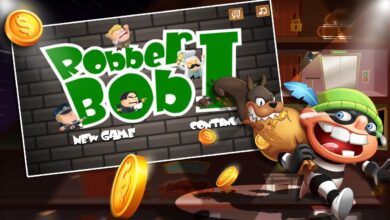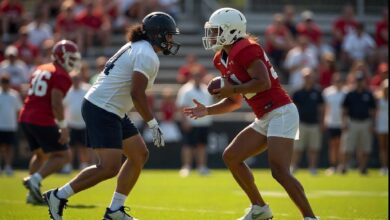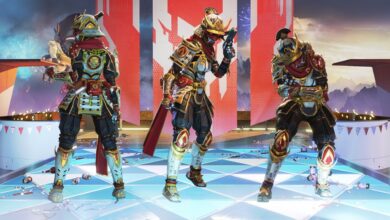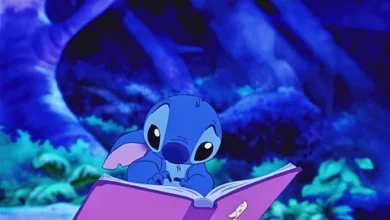How Long Are Hockey Games?
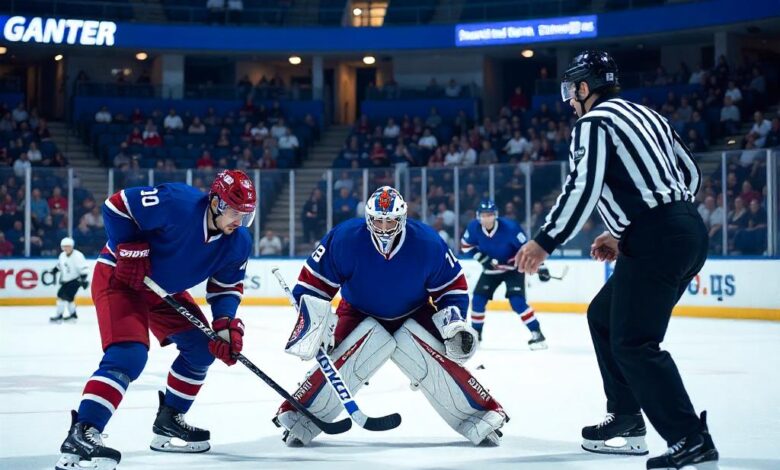
Introduction
Hockey games are known for their intensive and interesting games to fans all over the globe. Although a normal game takes an hour and is divided into thirds of twenty minutes, actual time spent is much more. There are various factors that will likely increase the duration of the game which must be something is that the new and old fans must take note of. This article looks into finer details of the game and how long one is going to spend watching a hockey match through aspects such as overtime and or breaks.
Standard Duration of a Hockey Game
Three 20-Minute Periods
The confines of a play in a hockey pitch involves three sessions each of twenty minutes’ duration. This sums up to sixty minutes in game play that gives the sport a rhythm that is not easily compared to any other sport. Such constant motion and fast switches allow to have the audience in th e palms or their hands, as every second has value.
Breakdown of Game Periods
| Period | Duration | Total Time |
|---|---|---|
| Period 1 | 20 minutes | 20 minutes |
| Period 2 | 20 minutes | 40 minutes |
| Period 3 | 20 minutes | 60 minutes |
Continuous Clock and Stoppages
As you can find in many other sports, in hockey there is no moment of dead time because the game clock can run while the teams are playing. The clock only pauses for specific reasons, such as:
- Penalties: In case a player is penalized, the respective team loses time that equals to time that is taken for the game to resume.
- Goals: The game also stops after its accomplishment by a team for celebration and the subsequent penalty called face-off.
- Injuries: In case a player gets injured, the game stops, the clock is turned off until the injured player is treated.
- Puck Out of Play: The clock can also pause during the violations in the game such as when a puck goes off the boards during Icing..
So, while the official game time is 60 minutes, the actual time spent at the arena or in front of the TV is often much longer.
Typical Game Timeline
Here’s a look at a typical timeline for a hockey game, showing how the clock ticks and stops:
- First Period (20 minutes): The actual contest begins; a clock is in use at all times but stopped for penalties, goals and injurytime.
- Intermission (15-20 minutes): Players go to the bench, while fans get some chips, or discuss the game.
- Second Period (20 minutes): The action plows as in the first period, with breaks.
- Intermission (15-20 minutes): I hope I don’t bore my audience, but we also have the halftime break commonly associated with live games and replays of those games.
- Third Period (20 minutes): The last surge of activity most often charged with emotion if the stakes are high.
- Overtime (if needed): Penalty time is given if the score of the game is tied at the end of the third period.

Duration of a Hockey Game
Intermissions and Breaks
Overview of Intermissions Between Periods
Intermissions are crucial. They afford players an opportunity to relax, plan and replenish on a water/dehydration break, and they afford fans an opportunity to speak and even grab a beverage or review a replay. On average, each intermission is for 15-20minutes and it breaks the drama in equal portions.
Importance of Intermissions
- Rest and Recovery: This is mostly required and expected from the players so as to allow them reorganize themselves for the up coming phase.
- Fan Engagement: Fans can discuss what they saw, state their opinion and enjoy the intermission period as well.
- Broadcasting: For the viewers of TV these breaks are also employed for advertisements, which are necessary for earning money.
| Intermission | Duration |
|---|---|
| Between Period 1 & 2 | 15-20 minutes |
| Between Period 2 & 3 | 15-20 minutes |
Commercial Breaks During Broadcasts
For televised games, commercial breaks add another layer to the overall time. These breaks can last several minutes and are often strategically placed during intermissions and stoppages. While they’re essential for networks, they can interrupt the flow of the game and extend the viewing experience.
Read Also : How to Access and Play Slope Unblocked Games 66?
Overtime and Shootouts
What Happens When the Game is Tied?
If the score is tied at the end of regulation time, the game heads into overtime. The rules can change depending on whether it’s a regular-season game or a playoff match, each bringing its own excitement.
Duration of Overtime Periods
- Regular Season: Overtime lasts 5 minutes and follows a sudden-death format. The first team to score wins, which leads to some nail-biting moments.
- Playoffs: Overtime in the playoffs is more intense. Each period lasts 20 minutes and is played continuously until one team scores, turning every shot into a potential game-winner.
Comparison of Overtime Formats
| Game Type | Overtime Duration | Structure |
|---|---|---|
| Regular Season | 5 minutes | Sudden death |
| Playoffs | 20 minutes | Continuous until a goal |
How Shootouts Work in Regular Season Ties?
If the overtime period in a regular-season game ends without a goal, the match goes to a shootout. Each team picks three players to take penalty shots against the opposing goalie. This part of the game is full of drama, as players must outsmart the goalie to score.
If the score remains tied after those three attempts, more shooters are brought in until someone wins. This thrilling finale adds a layer of individual skill to the team sport and keeps fans on the edge of their seats.
How Long Does a Game Last in Real Time?
Typical Game Duration with All Factors
Taking everything into account—regulation time, intermissions, and possible overtime—hockey games usually last between 2 to 2.5 hours. Here’s a detailed look at the average time commitment:
| Component | Duration |
|---|---|
| Regulation Time | 60 minutes |
| Intermissions | 30-40 minutes |
| Overtime (if needed) | 5-20 minutes |
| Total Time | 2 to 2.5 hours |
Factors That Affect Overall Length
Several elements can influence how long a hockey game takes, making it dynamic and sometimes unpredictable:
- Penalties: More penalties lead to more stoppage time, which can break the flow of the game.
- Video Reviews: Instant replays for goals or penalties can add several minutes, affecting the overall pace.
- Injuries: Delays from player injuries can also lead to significant pauses in play.
Playoff Games and Extended Overtime
Differences in Playoff Games
Playoff hockey is a whole different experience, with heightened intensity and stakes. Here are the key differences:
- No Shootouts: Unlike regular season games, playoffs cannot end in a shootout. Teams play until someone scores, leading to thrilling, continuous action.
- Continuous Overtime: Overtime periods last longer and are played continuously until a goal is scored, which can lead to some unforgettable moments.
Impact on Fans and Players
The atmosphere during playoff games is electric. Fans are often on the edge of their seats, knowing that every moment could lead to either victory or defeat. Players must dig deep, as their performance can directly impact their team’s fate in the series.
Examples of Famous Long Playoff Games
Several playoff games have become legendary for their duration and intensity:
- 2010: The Stanley Cup playoff game between the Chicago Blackhawks and the Nashville Predators went into a historic triple overtime, showcasing incredible endurance from both teams.
- 2000: The matchup between the Philadelphia Flyers and the Pittsburgh Penguins featured a five-overtime game, making it one of the longest in NHL history. This epic battle lasted over 4 hours, with players pushing their limits to secure victory.
These legendary games are often revisited by fans, adding to the rich tapestry of hockey history.
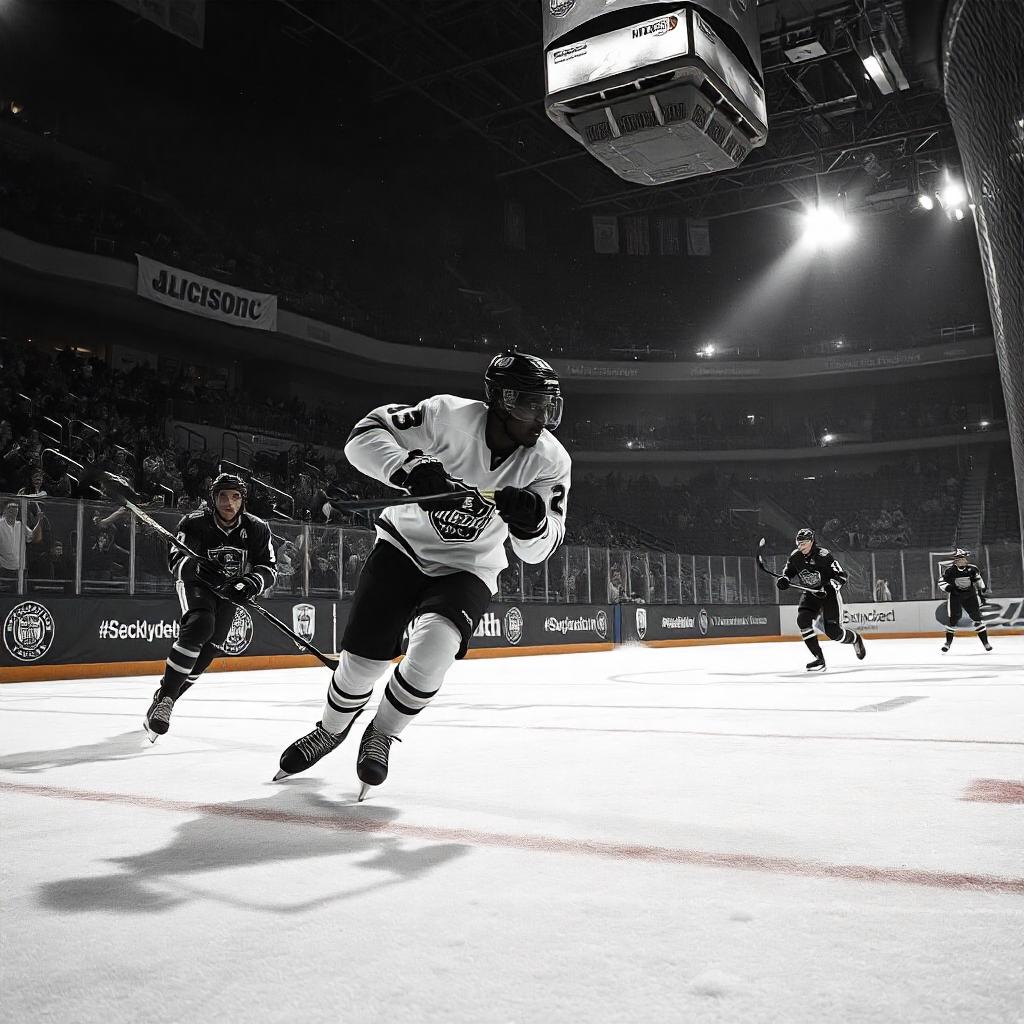
How Long Does a Game Last in Real Time
Factors That Impact Game Duration
Delays Due to Injuries, Reviews, and Penalties
Injuries and penalties are common and can extend game length. If a player gets hurt, the game has to pause for medical attention, and penalties can cause delays as well. This can be frustrating for fans who want to see non-stop action.
Managing Game Flow
Coaches also play a role in how the game flows. Timeouts, strategic substitutions, and intentional penalties can all affect pacing. Coaches might call a timeout during critical moments to regroup and make a game-changing plan.
Impact of Commercial Breaks During Televised Games
For fans watching on TV, commercial breaks can stretch the total viewing time. Each break can last several minutes, designed to fit network advertising schedules. While necessary for revenue, they can disrupt the game’s flow and lead to longer viewing times.
The Effect of Fan Engagement
Fans at live games may also experience variations in duration. Events during breaks, like contests or entertainment, can add to the overall experience. Plus, fans often arrive early and linger afterward, contributing to a vibrant atmosphere around the event.
Comparison with Other Sports
Hockey vs. Football, Basketball, and Soccer in Terms of Duration
When compared to other popular sports, hockey has a unique structure:
- Football: Games generally last about 3 hours, including long breaks and halftime. The clock stops frequently, making it less continuous compared to hockey.
- Basketball: Standard games take around 2 hours, with lots of stoppages for fouls, timeouts, and halftime.
- Soccer: Matches are 90 minutes long, with a single halftime. Injury time can extend this, but soccer’s continuous play is more like hockey, yet without the interruptions for commercials.
Faster Pace of Play Despite Similar Total Time Commitment
Despite the comparable total time, hockey keeps a faster pace with more continuous action. This dynamic tempo makes the viewing experience exhilarating, with rapid transitions and scoring opportunities that many fans find captivating.
Audience Engagement and Atmosphere
ockey being an exciting game the atmosphere that is created inside the arena is termed as electrical. Everyone is a true fan, and this makes even watching a football match quite exciting. Thus it is fast moving, full of possible scoring that makes the game very interesting which will attract many people to watch the game.
Conclusion
In conclusion, watching or attending a hockey game is likely to take about 2 to 2.5 hours to complete. To maximize your observance, you have to know when and how much each aspect consumes—regulation play, intermissions, overtime, and more. Wherever you are – at the arena or watching on television, it is always helpful to note them as they allow fans to catch every single moment of the action on the ice. That should bring out the spirit of enthusiasm and what you are set to have is a great experience.

